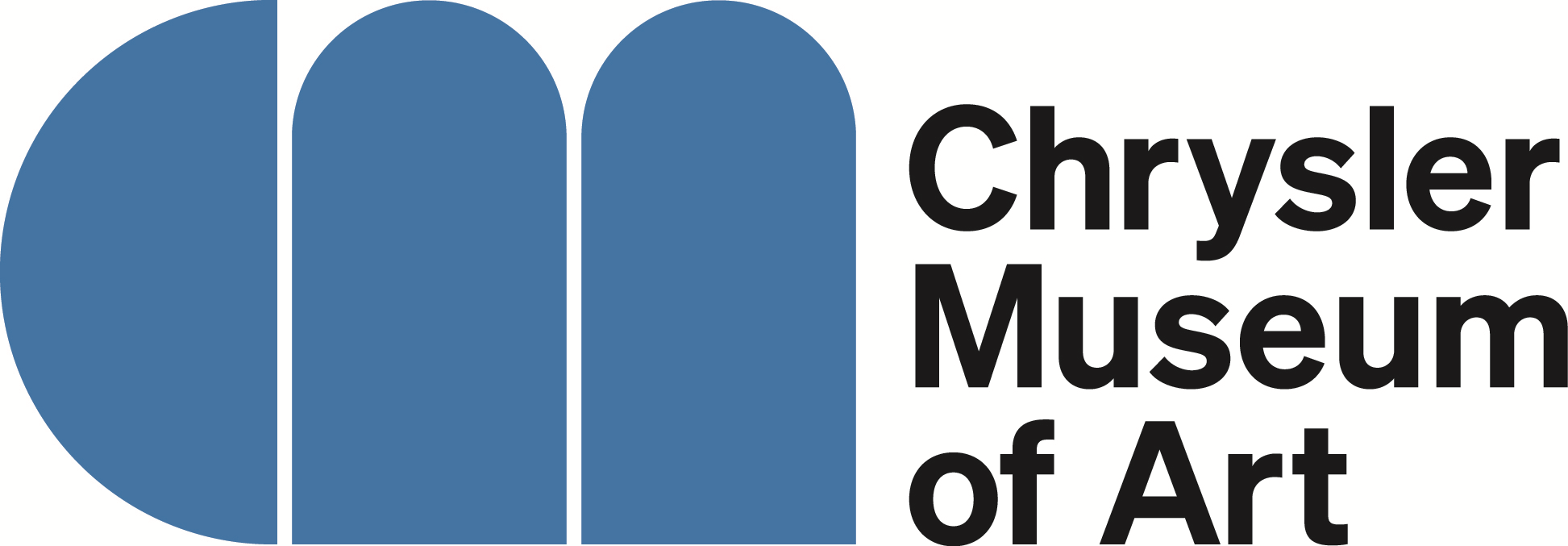Cumaea
Artist
Manierre Dawson
(American, 1887 - 1969)
CultureAmerican
Date1911
MediumOil on board
Dimensions32 1/8 × 23 3/4 in. (81.6 × 60.3 cm)
SignedLower left: "M. Dawson '11"
InscribedFrame's upper rail verso: "272" in ink.
Credit LineAnonymous gift
Object number2014.13
On View
Chrysler Museum of Art, Gallery 222
Cumaea shows a woman seated and turned to her right, wearing a green dress with a brown cloak atop, with both hands prominently displayed in her lap. The figure in Cumaea is a composition loosely borrowed from Jan Vermeer’s The Geographer (1668-69, Städelsches Kunstinstitut, Frankfurt).
Label TextManierre Dawson American, 1887–1969 Cumaea, 1911 Oil on board After traveling in Europe, American painter Manierre Dawson created a series of Cubist reinterpretations of famous works by the Old Masters, calling these “museum pictures.” Here a seated woman in a green dress echoes the pose of Johannes Vermeer’s Geographer (pictured below). Dawson likely enjoyed the challenge of reinterpreting this figure’s complicated twisting posture, though he altered or omitted other elements of his source image. The title Cumaea may refer to Michelangelo’s Sistine Chapel ceiling murals, which include an image of a seated priestess known as the Cumaean sibyl, suggesting that a variety of historical sources informed Dawson’s experiments in line, form, and color. Anonymous gift 2014.13 Catalogue raisonnéPloog and Bairstow, _Manierre Dawson (1887-1969): A Catalogue Raisonné_: p. 176, fig. 1911.12.ProvenanceFrom the artist to his estate; Dr. Lewis Obi, Frank McKeown, and Lefferts Mabie, 1978; private collection 1991; gift to Chrysler Museum of Art, Norfolk, VA, 2014.Exhibition History"Manierre Dawson," Robert Schoelkopf Gallery, New York, Apr. 5 – May 1, 1969. "Manierre Dawson: American Pioneer of Abstract Art," Hollis Taggart Galleries, New York, Oct. 1-30, 1999. "Manierre Dawson: American Pioneer of Abstract Art," Swope Art Museum, Terra Haute, IN, Dec. 1-30, 2000. Published References_Manierre Dawson_ (exh. cat.) Essay by Karl Nickel, statement by Manierre Dawson. (New York: Robert Schoelkopf Gallery, 1969) cat. no. 12. Abraham A. Davidson, _Early American Modernist Painting, 1910-1935_ (New York: Icon Editions, Harper and Row, 1981) p. 264, illus. p. 265, fig. 154. Mary Matthews Gedo, "Modernizing the Masters: Manierre Dawson's Cubist Transliterations" _Arts Magazine_ 55, no. 8 (Apr. 1981), illus. p. 141, fig. 26. _Manierre Dawson: American Pioneer of Abstract Art_ (exh. cat.). Foreword by Hollis Taggart and Vivian Bullaudy; essays by Henry Adams and Randy J. Ploog. (New York: Hollis Taggart Galleries, 1999) plate 24. _Manierre Dawson: American Pioneer of Abstract Art_ (special edition exh. booklet). (Terre Haute, IN: Swope Art Museum, 2000) color illus. n.p. Randy J. Ploog and Myra Bairstow, _Manierre Dawson (1887-1969): A Catalogue Raisonné_ , ed. Ani Boyajian(Jacksonville, FL: The Three Graces, 2011) 176, fig. 1911.12











